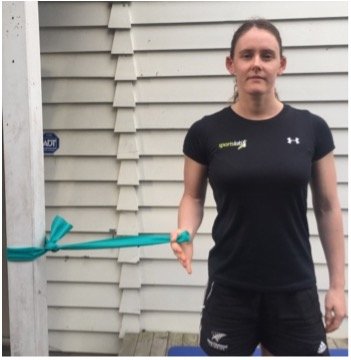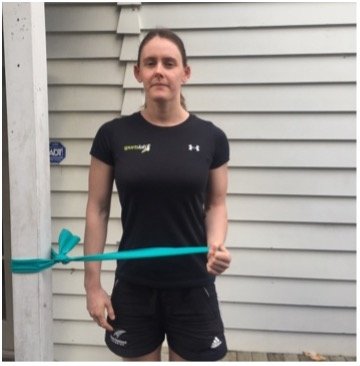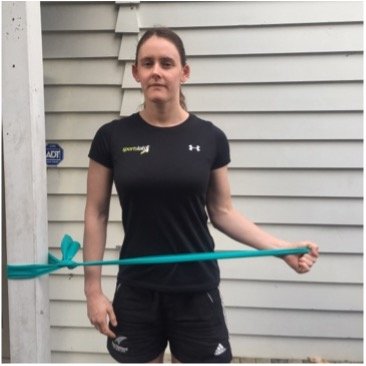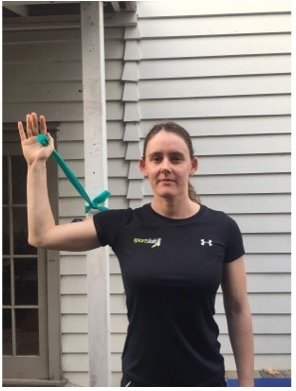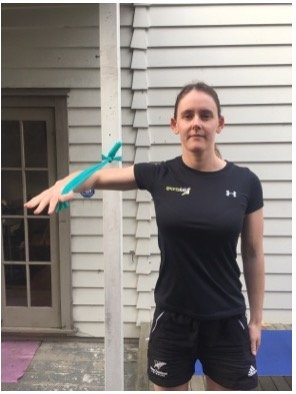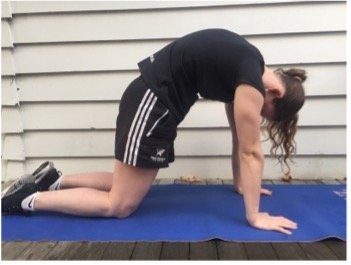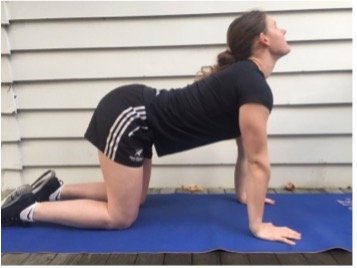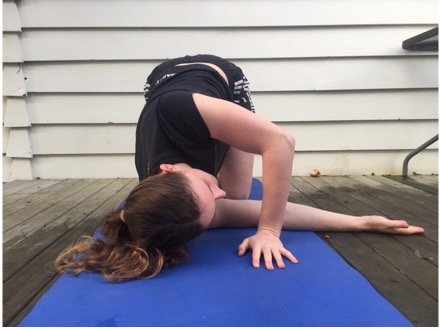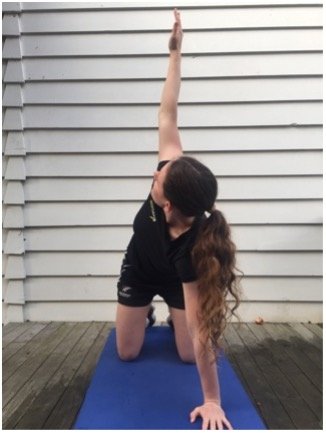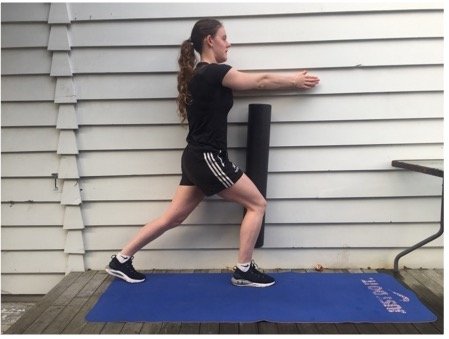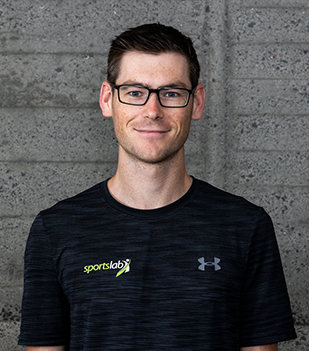Swimmers Shoulder: Prevention In and Out of the Pool
In one kilometre of swimming your arms will complete around 600 strokes. Times this by the number of kilometres you swim a session, then by how many times you will swim in a week. This number gets big pretty quickly. This many repetitions with poor technique or muscular weaknesses are likely to lead to one thing; swimmers shoulder. If you are one of the lucky swimmers who haven’t experienced this yet, or have been battling it for years like myself, some of these exercises and tips will help you be an injury free swimmer to achieve your fastest times yet.
Swimmers shoulder is something I have been fighting on and off for seven years now. Swimmers shoulder can involve the rotator cuff tendons, Biceps tendon or the fluid filled sacks (bursa). Swimmers shoulder is the impingement or chronic overuse (tendinopathy) of the tendons and tissue involved in swimming, when performed with weaker muscles, reduced range of motion, or poor technique. Due to the repetitive nature of swimming, the repeated movement causes impingement, inflammation, tendinopathy and pain in the shoulder. One of the fastest ways to reduce inflammation is stop doing what is causing it, but that is the last thing avid swimmers and triathlete’s want to hear. So for a longer lasting effect, strengthening based exercises that focus on the shoulder and back is the best way forward.
Shoulders will have different strengths and weaknesses between different people. These exercises are basic, entry level exercises that will work a range of muscles in and around the shoulder. They will give a great foundation to a healthy shoulder and help keep you in the water. But remember to seek out medical advice that’s specific to your needs. Below are some exercises to do any time of the day to help prevent swimmer shoulder in the first place;
Out of the Pool Prevention & Rehabilitation
1. Rotator cuff – internal range of motion
Laying on your side, put the arm on the floor side out at 90 degrees with elbow bent. Drop your hand, palm down and see how close to the ground your arm will get. To help increase the range of motion you can use your other hand to press gently on your hand of the arm in 90 degrees, press back up with the arm in 90 degrees for 10 seconds. Release and check your range of motion again, it most likely will have increased. Repeat on the other side.
2. Rotator cuff – with a band
For internal and external rotation. Tie a band around a pole, or table leg. Stand side on to the band with the arm holding the band in 90 degrees. Pull the band across your body while keeping your elbow close to your body. Repeat 10 times on each side. This can be done for external rotation as well by holding your arm in the same position but pulling your hand away from your body.
3. Overhead internal rotation
With a band tied at shoulder height, facing away from where it is tied hold the band with your shoulder at 90 degrees. Pull the band forward and towards the ground rotating internally. Insure your elbow staying in the same position. Repeat 10 times for each arm.
Rotation in swimming
Rotation is a key part of swimming. It allows for the correct muscles to be used to ensure maximum power during the catch phase of the stoke. For non-bilateral breathers like myself (breathing to only one side), I have found ensuring good thoracic mobility is important because if I can’t rotate to my normal range then my shoulder over extends during the recovery part of the stroke, and uses the incorrect muscles in the pull phase which can cause impingements. Exercises I use daily to ensure I my rotation is optimal are;
1. Cat cow
On your hands and knees, round your back and make space between your shoulder blades then dropping the neck to look underneath yourself. This is cat. Return to a neural neck and spine. Then drop the middle of your back and extend the neck looking upwards. This is cow.
2. Thread the needle
On your hand and knees, lift one hand off the ground and bring it through under your body until your shoulder is on the ground. Make sure to breathe through any tightness. Then bring your arm out from under yourself, pointing up at the roof. Repeat this 5 times on each side.
3. Wall openers with roller between leg and the wall
Standing side on to a wall one foot in front of the other place a roller or any object of similar width between the wall and your leg out front and hold there. Hold both hand straight out in front of you with one shoulder toughing the wall. Open your chest by bring the arm away from the wall around to try touch the wall behind you. Repeat 10 times on each side, trying to increase range each repeat.
In the Pool
The most commonly swum stroke is freestyle which is the main driver of swimmers shoulder. In the pool, repetitive technique mistakes can also increase your chance of swimmers shoulder. Technique tips I have learn over the years in the pool that not only improve your swimming efficiency but help prevent injury are; ensuring your hand entry in freestyle stays at shoulder width apart and doesn’t cross over; and your catch under the water is underneath your body, not outside of the width of your body.
Now, get out there and enjoy the water!
Ruby Matthews is one of our fantastic receptionists as well as a nationally competitive swimmer. Ruby also works as a learn to swim instructor. Ruby has been working alongside our swimming guru physiotherapist Ryan Smith to help keep her body in check and in the water. Ryan’s a bit of a swimming nerd, and loves all things related to human movement/biomechanics.




